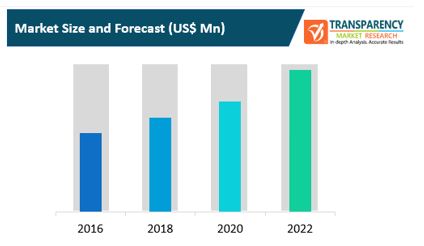
A smart space is an environment equipped with audio visual sensing systems that can react and recognize people without them having to wear any special equipment. This improves personal and professional productivity, simplifies complex processes, and increases the efficient use of energy.
Smart homes are one of the prominent examples of smart space which enhances safety, convenience, entertainment, and productivity. Offices and communal workspaces; apartment communities, hotels, malls, grocery stores, and shopping centers; hospitals and healthcare providers; public places such as libraries and schools; and transportation portals such as airports and train stations could all be designed as varied types of smart spaces.

Are you a start-up willing to make it big in the business? Grab an exclusive PDF Brochure of this report
Global Smart Space Market – Dynamics
Increasing Adoption of Smart Homes and Smart Devices Driving Smart Space Market
In the current scenario, adoption of smart devices and smart equipment has greatly increased. Adoption of equipment and devices such as smartphones, smart watches, smart wearable, and many other devices has increased exponentially in the past three years. The reason for this huge growth is due to the fact that they enhance the lifestyle of individuals, make them more productive, and enable the efficient use of energy. Thus, demand for smart spaces is increasing due to multiple advantages related to it.
Increasing Penetration of Smart Technologies in Public Spaces
Deployment of smart technologies has widely increased in public spaces across the globe. Some of the major attributes that convert a public space into a smart space includes smart kiosks at parks, transport stations, hospitals, stadiums, and restaurants. Adoption of smart technologies within these places is driving the growth of the smart spaces market.
Looking for Regional Analysis or Competitive Landscape , ask for a customized report
Large Initial Capital Outlay Hampering Growth of the Smart Space Market
The initial capital outlay for the deployment of smart technologies in public spaces is very high. For instance, the average price of a single kiosk deployed at a bus stop or railway station could cost US$ 7,000, which can rise up to US$ 25,000 for high-end models. The initial high capital outlay is thus hampering the growth of the market.
North America Expected to Dominate the Global Smart Space Market
In terms of region, the global smart space market can be divided into North America, Europe, Asia Pacific, South America, and Middle East & Africa. North America is expected to dominate the smart space market compared to other regions.
Read Our Latest Press Release:





